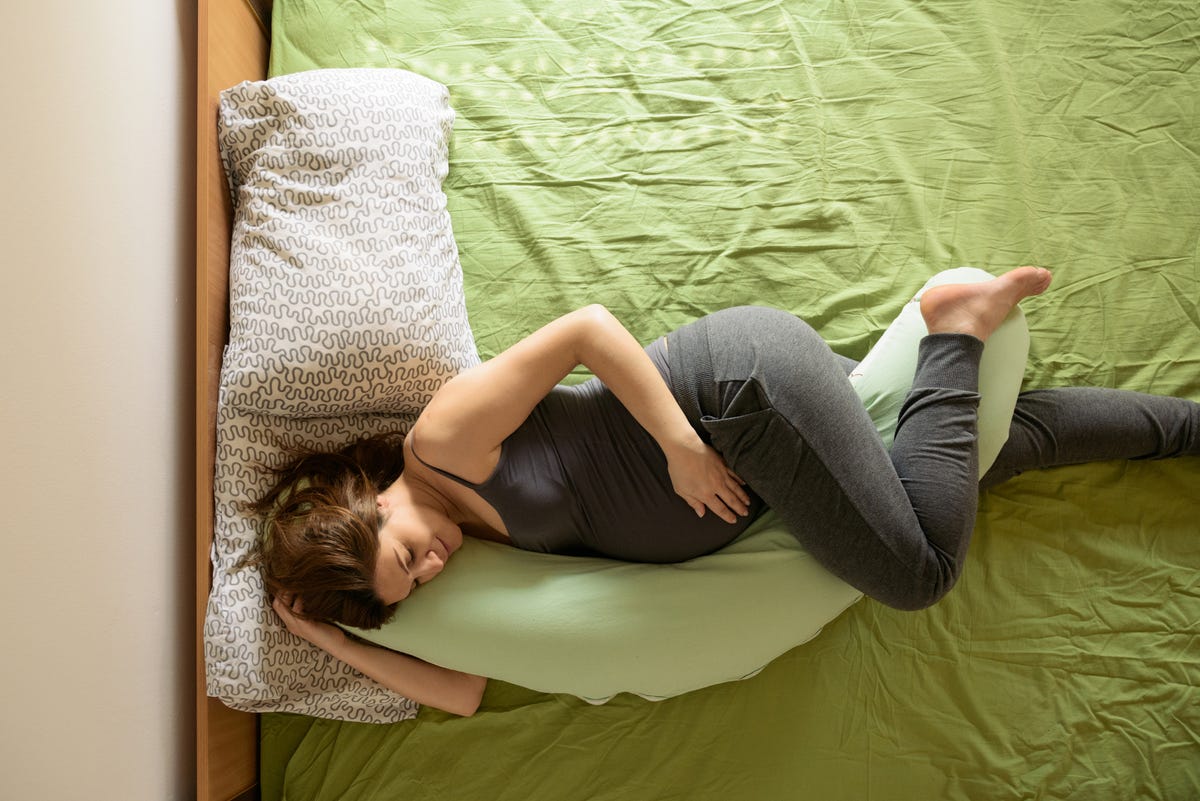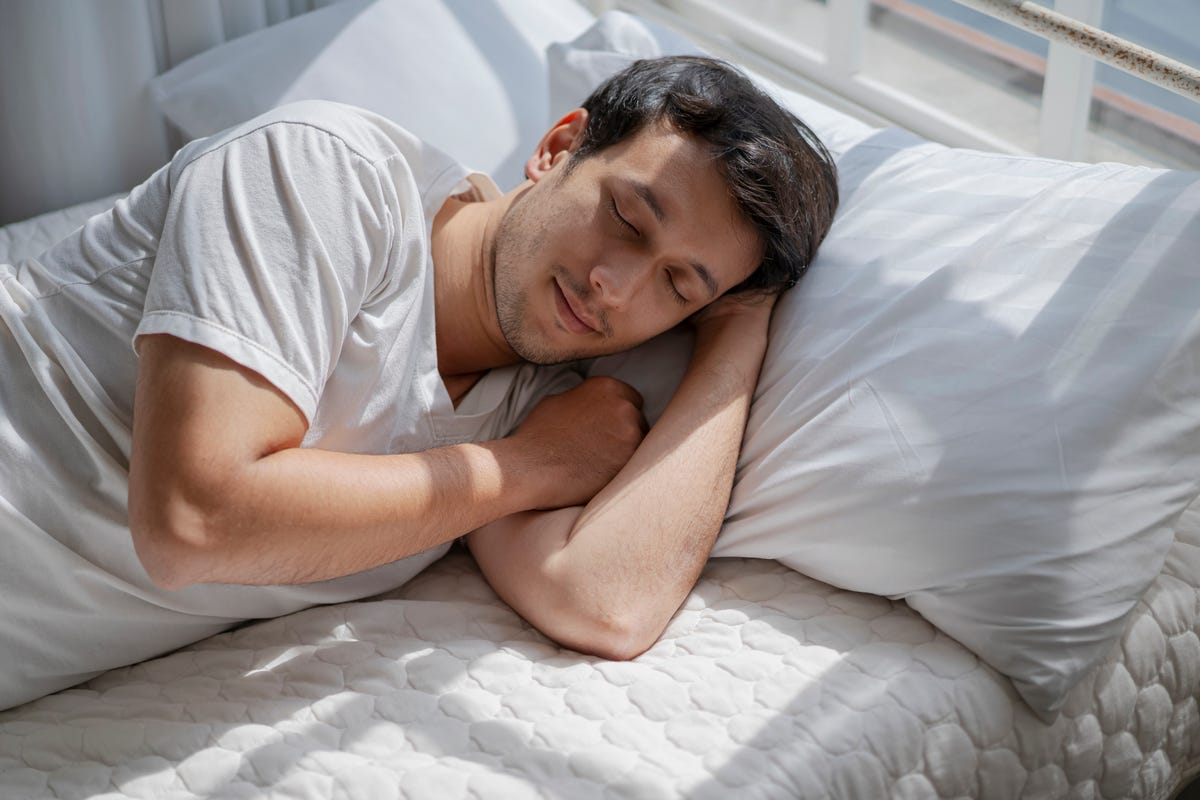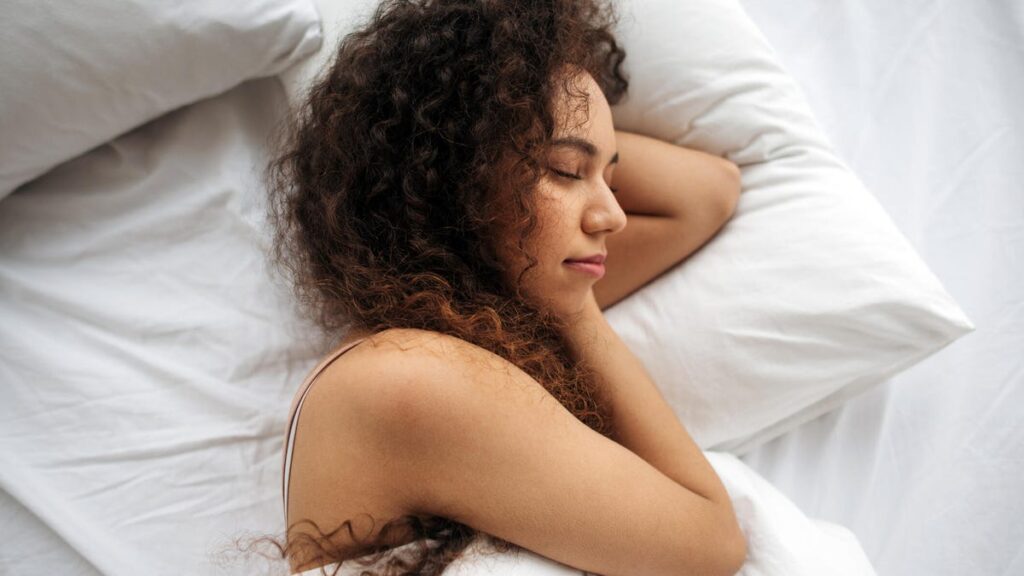For many people, going to bed is the most relaxing part of the day. However, for those with chronic pain or certain health issues, sleep time can be stressful because if you’re not careful, you may wake up in more pain. How you sleep at night (and how you position your pillows) can either hurt you or help you. To help your sleep position achieve the latter, we’ll help you target some health conditions you can deal with while you sleep.
read more: Stop accepting bad sleep. 42 expert ways to control sleep quality
What’s the best sleeping position?
People sleep in several different positions: back, stomach, and side. All of these sleeping positions have pros and cons, some of which depend on which position is most comfortable for you.
Many people like to lie on their backs because they find it comfortable, especially on their joints. Sleeping this way can be very pleasant as your body relaxes and almost sinks into the bed. However, this can be a problem if you are prone to snoring or have sleep apnea, as gravity can cause the tongue to tilt backwards, causing minor airway obstruction.
Stomach sleepers may find it comfortable to lie face down in bed, but may have difficulty turning their neck to one side and arching their back. However, if you choose this position, there are pillows that can make it easier on your stomach while you sleep.
Side sleeping is the most popular sleeping position and is considered to provide the best quality sleep, especially when you support your head correctly and keep your body in a position where your joints are taken care of and your airways are open.
People who do not adhere to any one sleeping position are considered mixed sleepers. They may move around during the night or prefer one sleeping position one day and another the next. This is also very common.
12 health conditions and the best sleeping positions

If you’re in pain, the way you sleep may make it better (or worse if you’re not careful). Learn how you can get a good night’s sleep and minimize the effects of certain health conditions.
Pregnant
The generally accepted best sleeping position during pregnancy is on your side. This relieves pressure on your spine and allows your stomach to rest comfortably. You may also want to place a pregnancy pillow under your belly and between your knees to relieve further pressure on your joints.
lower back pain
The best sleeping position for low back pain is on your back, keeping your spine in a neutral position. Especially for lower back pain, it can also be helpful to place a pillow under your knees so that your legs don’t pull on your spine.
read more: The Best Mattresses for Back Pain in 2024
Difficulty breathing
To reduce shortness of breath, it is recommended that you sleep on your side with a pillow between your knees, or on your back with a pillow under your knees. You need to make sure your head is elevated. Both positions can help control sleep apnea and keep your airways open.
cold or flu
If you have a cold or flu, try sleeping on your back with your head elevated. This can help prevent your sinuses from becoming more congested and help you rest more easily.
neck pain
Sleeping on your side or back can help relieve neck pain. If you sleep on your back, you’ll want to place a round pillow under your neck to provide support. If you sleep on your side, you’ll also want to provide support by placing a pillow directly under your neck to keep your spine neutral.
sleep apnea

If you have sleep apnea, try sleeping on your side or stomach. Both positions help keep your airways open, thereby controlling sleep apnea.
sciatica
Sleeping on your side and back can both help relieve sciatica pain. Any of these options will keep your spine neutral and relieve pressure on the sciatic nerve. Use pillows to support your neck and head, but not your shoulders, as this can throw your spine off balance.
hip pain
For people who wake up with hip pain in the morning or find that their sleeping position worsens hip pain, try sleeping on your back. Sleep on the opposite side of the hip that’s giving you trouble. You should also place a pillow between your knees to relieve pressure on your joints.
knee pain
Sleeping on your back or side can both help relieve knee pain, but sleeping on your back is generally recommended. If you sleep on your back, it is recommended that you place pillows under your knees to relieve pressure. If you sleep on your side, place a pillow between your knees.
menstrual cramps
Sleeping on your back can help relieve period pain. This position, especially with a pillow under your knees, can reduce pressure on your stomach, organs and back, helping to relieve cramps.
ear infection
If you have ear pain, there are some helpful sleep options. First, you can sleep on the opposite side of the ear that’s giving you trouble. You’ll also want to sleep a little higher, which can reduce pressure on your inner ear.
overactive bladder
If you have overactive bladder, sleep on your side so there is no pressure on your bladder. You can also elevate your legs at night to reduce the need to urinate.
bottom line

Many aches and pains can be relieved while you sleep—at least, so that they don’t get worse when you wake up in the morning. Understanding the benefits of each sleeping position can help you target different areas of the body you want to help.

